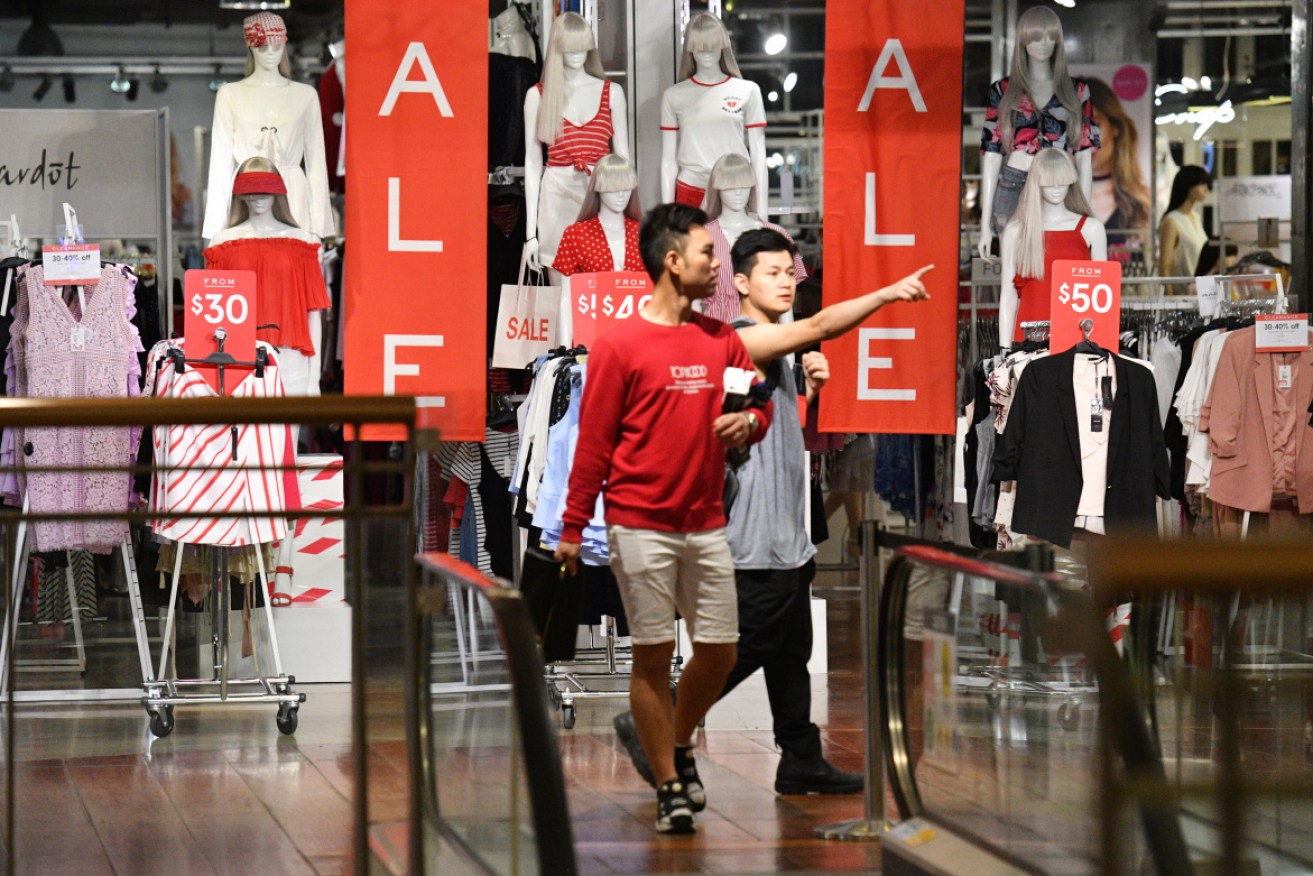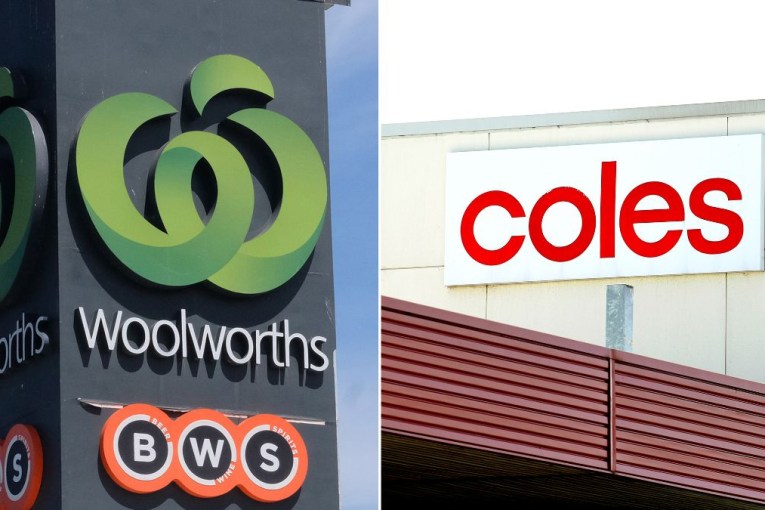Buoyant retail spending gives RBA wriggle room on interest rates


February's lift in retail spending caught analysts by surprise – and they predict it won't last. Photo: AAP
Retail spending rose 0.8 per cent in February, beating market expectations and potentially giving the Reserve Bank some breathing room on any cut to the cash rate.
Seasonally adjusted retail spending was $27.27 billion, following a rise of 0.1 per cent in January, according to Australian Bureau of Statistics data released on Wednesday.
The result was above the consensus forecast of a 0.3 per cent rise, indicating that consumption could turn out to be strong enough to support inflation and economic growth without the stimulus of an RBA rate cut.
“[It’s] a very solid outcome that gives the RBA some reassurance that household spending could bounce back in Q1 2019,” NAB markets economist Kaixin Owyong said.
“There may be some price impacts at play – food sales were unusually strong – but these data give the RBA room to remain on hold.”
The Reserve Bank left official interest rates on hold at its April meeting on Tuesday. They have been at 1.5 per cent since August 2016, and have not been raised since 2010.
According to the ABS data released on Wednesday, department stores’ sales were up a seasonally adjusted 3.5 per cent in February. Clothing and sales rose 1.6 per cent and household goods were up 1.1 per cent.
Food sales jumped 0.8 per cent in the month, lifting annual growth to 4.9 per cent.
But AMP Capital senior economist Diana Mousina said the surprise February rise was likely to be short lived given the broader economic picture.
“The Australian economic backdrop is still mixed and we expect that the strong rise in retail sales over February won’t be sustained,” she wrote.
“Consumer spending is still expected to be capped by uninspiring wages growth and a negative wealth effect from declining home prices, which has further to go.”
Ms Mousina was unambiguous in her conclusions.
“Our view remains that the RBA is underestimating how much further home prices can fall and the impact of lower housing wealth on the economy – particularly its impact on consumer spending,” she said.
“We think the RBA will move to an easing bias at its May meeting, before cutting the cash rate in June to 1.25 per cent.”
The Australian dollar immediately rose from 70.59 US cents just before the data’s 11.30 AEDT release to as high as 71.05 US cents.
At 1.30 AEDT, it was worth 70.99.
-with AAP








